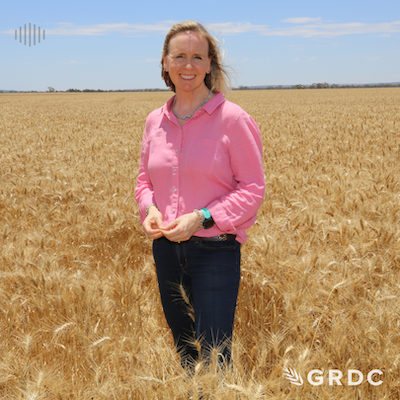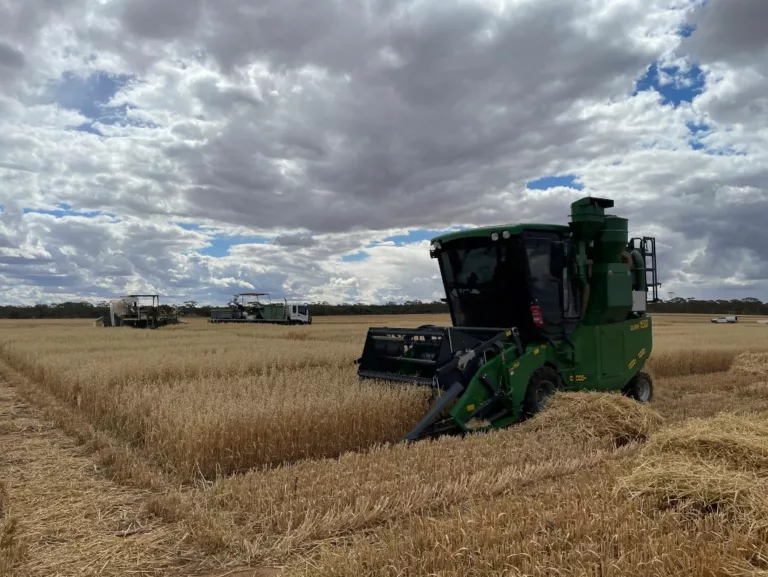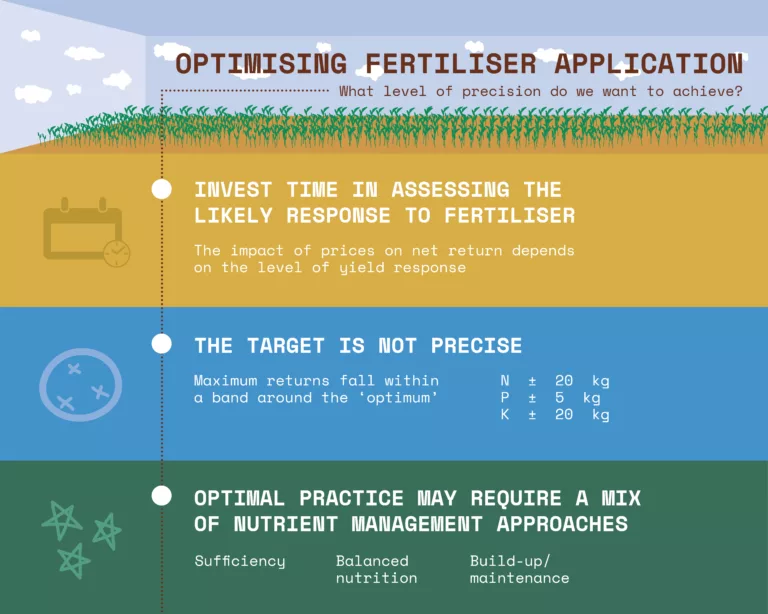PROJECTS
Harnessing the nitrogen cycle through novel solutions
Nitrogen is a primary nutrient regulator of plant productivity and the potential for soils to lose nitrogen remains an economic and environmental concern.
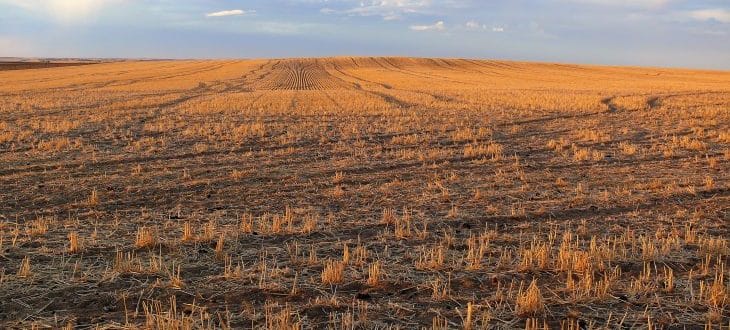
PROJECT DETAILS
Status
completed
Duration
2014-2017
Collaborators
- Grains Research and Development Corporation – Soil Biology Initiative II
- The University of Western Australia
- Australian Research Council
Project team
- Daniel Murphy
- Frances Hoyle
Project overview
Sustainable land management requires that we optimise nitrogen (N) supply for plant production and also minimise soil nitrogen losses through nitrate (NO3) leaching and nitrous oxide (N2O) gas emissions. To achieve this it is necessary to understand how management practices can influence the relative dominance of the individual microbial pathways of the nitrogen cycle and how soil organic carbon availability is key to developing a less leaky nitrogen cycle.
Nitrogen cycling between soil, plant and microbe involves three major components:
- Nitrogen supply (mineralisation) which is determined by the rate at which microorganisms convert solid soil organic matter into low molecular weight organic monomers (e.g. amino acid turnover) and the resultant release of ammonium.
- Microbial demand (immobilisation versus nitrification) whereby microbial utilisation of ammonium may be retained (immobilisation) or potentially lost (nitrification, with subsequent leaching or N2O emission) from the soil. This can be expressed as the nitrification to immobilisation ratio with higher ratios indicating more potential for the soil/management system to lose nitrogen.
- Plant nitrogen capture where the available pool of nitrogen (organic monomers, ammonium, nitrate) is regulated by the microbial nitrogen pathways mentioned above but also by soil chemical (fixation), hydrological/climatic (leaching capacity) and plant (root depth, extent of root branching) factors which need to be considered.
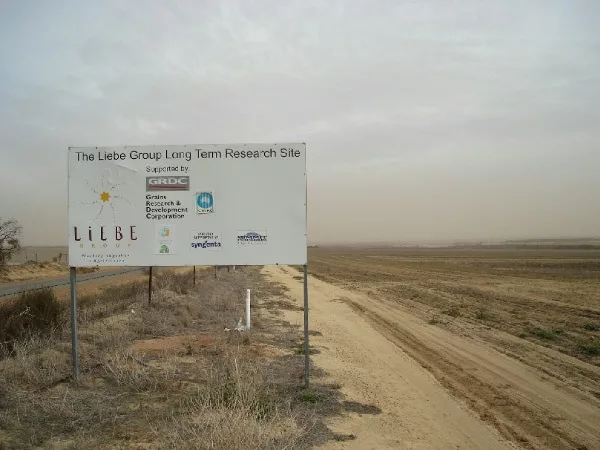
How is the research being used?
- Ammonia oxidising bacteria dominated and suggests these bacteria are the major regulators of nitrification in these semi-arid soils. Evidence suggests that this nutrient transfer process occurs predominately in the surface 10 cm of soil.
- To date, most attempts to manipulate the soil nitrogen cycle have occurred during the winter cropping period. Our findings highlight the need to manage nitrogen supply during summer fallow if we are to minimise losses to the environment from semi-arid soils.
- Nitrapyrin decreased the rate of nitrification and increased retention of ammonium in soil. Nitrification inhibitors were effective at 40°C indicating that new generation inhibitors are now a potential means of slowing nitrification rates in higher temperature soils. Cost benefit requires consideration.
- Liming was effective at decreasing soil nitrous oxide emissions from acidic soils following summer rainfall in semi-arid regions when emissions result from nitrification









